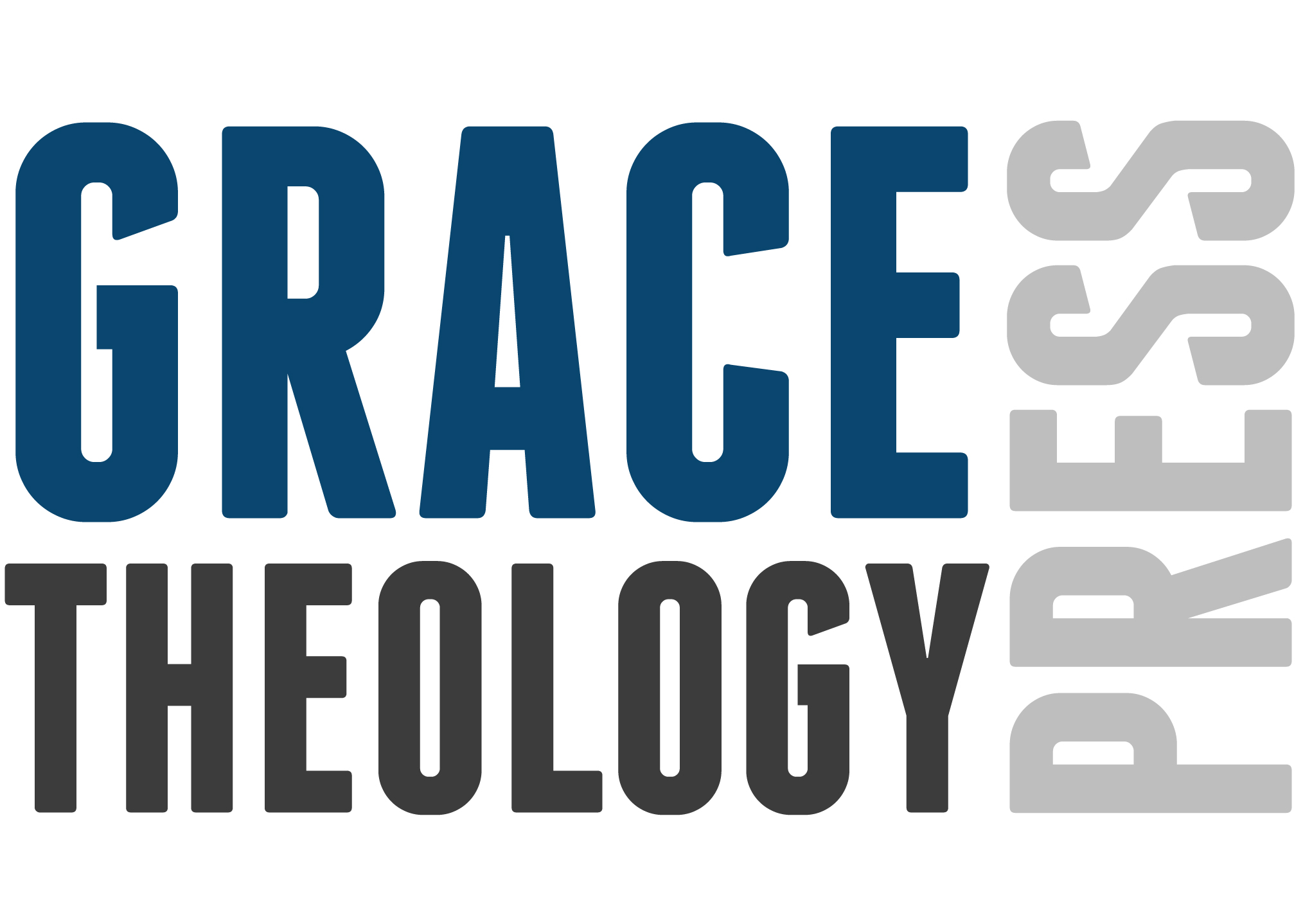If you are a writer or an editor and a publisher, words are important to you. We are by nature “verbabores”. However, words are simply the means of communication. Words actually replace symbols that represent what a group of people agrees represent a specific meaning. In the academic world, semiotics is the technical study of signs and symbols as elements of communicative behavior.
We usually think that progress is made when we move from a communication form that is constructed from symbols to the formation of words. As the Apostle Paul says in Romans 10:17, “Faith comes by hearing and hearing by the WORD of Christ.”
This is not the case any longer. Today we have the emergence of the Emoji Bible. This is a “translation” of the KJV studded with Emoji characters.
This new Bible translation was created largely in secular Japan where Christianity represents 1% of the population. The use of these emojis did not originally have a religious connotation. But as is always true, any form of communication requires interpretation.
As all Bible students know, there are three major schools of translation: (1) the Literal school, that strives for word for word correspondence; (2) the Dynamic Equivalency school that seeks to match ideas and concepts at the expense of direct and corresponding singular words; and finally (3) the Paraphrase Philosophy that removes the burden of interpreting from the reader. And this is the issue – interpretation.
The Emoji Bible provides the benefit of emotional feelings being tapped by the symbol but at the expense of being able to actually determine the actual meaning of the text. It is difficult enough to translate the Bible into another language. This requires both a lexical and grammatical understanding of both the original language of the Bible interpreted and translated into the translator’s home language and then re-translated into the receptor language, which in this case is a symbolic representation requiring interpretation. (Let’s not forget the highly symbolic and spiritual nature of “Kabalic” literature.)
This symbolic representation might be well and good if the receptor audience lived in the jungle and did not know the language that makes up the scores of English translations of the Bible. But the Emoji Bible is made for millennials who actually understand words – English words at that- so as to be able to buy Apple software to run on their Apple iPhones or iPads and read and agree to the 5,000 word license agreement form.
“The medium is the message” is a phrase coined by Marshall McLuhan, meaning that the form of a medium embeds itself in the message, creating a symbiotic relationship by which the medium influences how the message is perceived.”
This might be good news for those who enjoy the Emoji Bible. And if you meet a person who only understands, if not speaks emoji, by all means use it to share the gospel. But I feel better with the Words of the Bible. As Peter reminds us in 1 Peter 1:23-25:
23 for you have been born again not of seed which is perishable but imperishable, that is, through the living and enduring word (Logos) of God. 24 For,
“All flesh is like grass,
And all its glory like the flower of grass.
The grass withers,
And the flower falls off,25 But the word of the Lord endures forever.”
And this is the word (Rhema) which was preached to you.
Our society has traversed from The King’s English to Beatnik slang, modified into the rhythm of rappers. We now are seeking the visual and symbolic world of Emoji. Although Grace Theology Press does translate some of our theology books into Spanish, Nepalese and Russian, I do not think the Emoji market is high on our list.
Serving Him with you until He comes for us,
Fred Chay, PhD
Managing Editor, Grace Theology Press














